The sounds of children playing filled the air. Besides an occasional trip home for a snack or bathroom break, their entire day was spent outside. Climbing trees. Catching critters. Living life. And without an adult in sight. Adults often look back on these days of nature play as some of the best days of their lives.
Sadly, those days of nature play are few and far between for most of today's generation. Many questions exist. Who is to blame for the loss of these opportunities? Is it our reliance (and often over-reliance) on being constantly entertained through some type of screen? Are adult caregivers worried about the appearance of looking apathetic or irresponsible when it comes to supervising their children? Is “unstructured” a scary term? Does the fear of litigation, a loss of control, or societal dangers (perceived or legitimate) hold play back? Have these days of nature play disappeared forever? Is there any way to bring them back to the world we live in today?
In a word. Yes. Under one condition.
Let the kids lead.
But how? Put away the bubble wrap. Provide clear expectations. Let the children explore, get dirty, and take risks. We survived. They will too. In fact, taking away the opportunity to lead nature play and experience nature is stunting children’s creativity, hindering their problem-solving capabilities, and ignoring necessary skills important to their physical, social, and emotional development.
Responsible nature play provides countless benefits. But before jumping into some serious nature play, four factors need to be considered.
“Unstructured” Fallacy
The word ”unstructured” is misleading. Nature play is not uncontrollable chaos. In fact, it is quite the opposite. When led by children, nature play has intense flexibility and organization, even though the untrained adult eye might initially see it as a free for all. Rather than use the erroneous term of “unstructured,” try emergent or child-led. A tweak in terminology can go a long way. Similar to scaffolding in a traditional classroom, parents can experience nature play right alongside their children. As a child becomes more experienced with their environment, the adults will be able to lead less and observe more. Eventually, a child with an array of nature play experiences will earn the trust of their caregiver and should be given the freedom and right to be the director of their own play. Observant adults will appreciate the structure that exists in “unstructured” play.
Risk vs. Hazard
Ticks and sticks, two words that cause serious adult anxiety. Risky? Sure. But true nature play requires risk. Children need risk and thrive when given the opportunity to experience it. Their ability to assess risk only grows and gains credibility when nurtured and practiced as independently as possible. Even then, a child’s self-assessment skills involving risk are vastly underrated. Adults feel the need to protect our children. Even with the best intentions, adults paving the way for every move their child makes does not equate to protecting them. It’s impossible (and irresponsible) to eliminate every risk for children. Hazards, however, need to be discovered and removed. Understanding the difference between risk and hazards and developing that understanding with children is imperative.
Missed Opportunities
Dirt. Water. Weather. I call these the three misrepresented elements of nature play. Unfortunately, while attempting to be proactive problem-solvers, adults may inhibit the magic of nature play by purposely avoiding these elements. Avoidance is not nearly as beneficial as preparedness. Kids like getting dirty and believe it or not, dirt and mud offer health benefits. Remember, dirt doesn't hurt. Water play can be risky. This is a prime example of understanding the difference between risk and hazard. If only a risk, get wet because it's a scientific fact that water will dry. Playing in perfect weather is ideal, but being engaged in nature play in all that weather encourages new perspectives and instills an appreciation of everything nature offers us. There is no such thing as bad weather, only bad clothing.
To Pick or Not To Pick
Nature play doesn't need to always follow a straight line. Kids (and adults) like to go off-trail and explore. Obviously, when playing in a space outside of one’s own yard, the expectations of that location should be respected. However, when able, experiencing nature off trail allows for new sensory experiences that bring play to the next level. Kids love picking flowers. They treasure trailblazing. They enjoy experimenting with a branch’s dexterity. Going off-trail is memorable and meaningful, but it is also controversial. Do the risks of going off-trail outweigh the benefits? Are there hazards? Is the area in question ecologically vulnerable? Will the actions and activities associated with going off trail leave lasting ecological impacts on the land? With some common sense and some basic education about respect for the environment, going off-trail is an excellent element in responsible nature play.
Responsible nature play is not simply opening the door and sending children outside until the street lights come back on, but it is a collaborative effort between children and adults. Mountains of research prove that there should be no debate on the value of nature play in healthy whole child development. In presentations, I often refer to nature play as play on steroids. It takes the positive benefits of play to the next level.
When these four factors are understood, practiced, and practiced again, children will once again be trusted to climb trees, catch critters, and live life under the guidance of Mother Nature and their own imaginations.

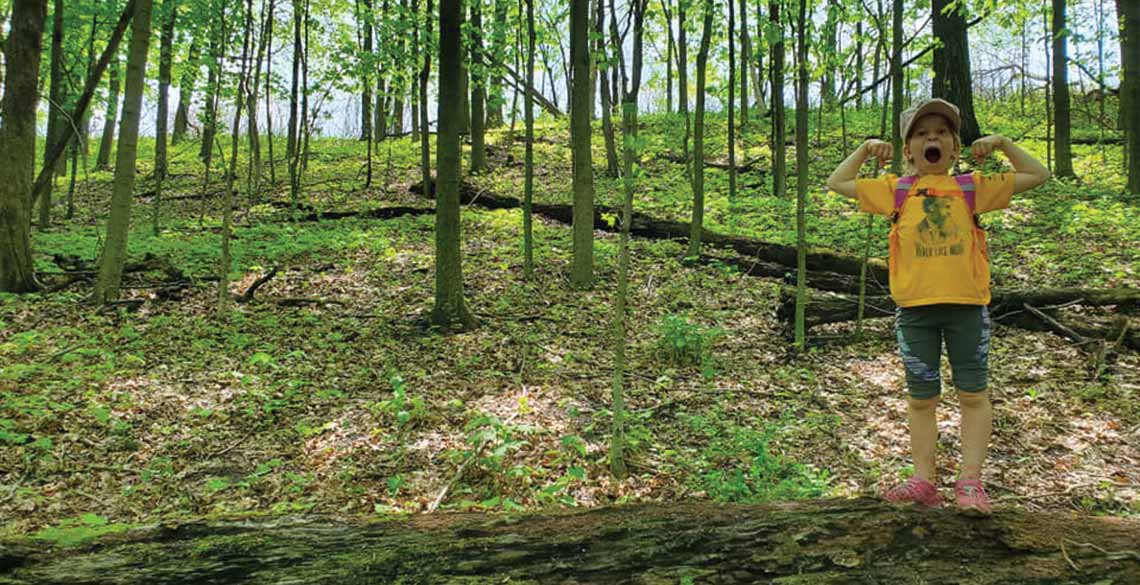
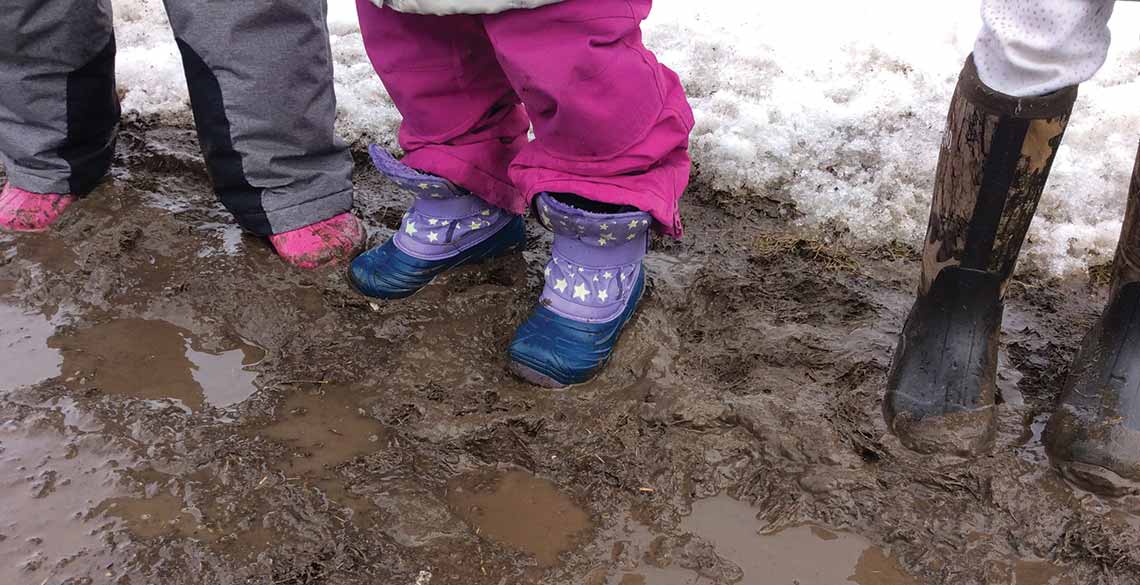

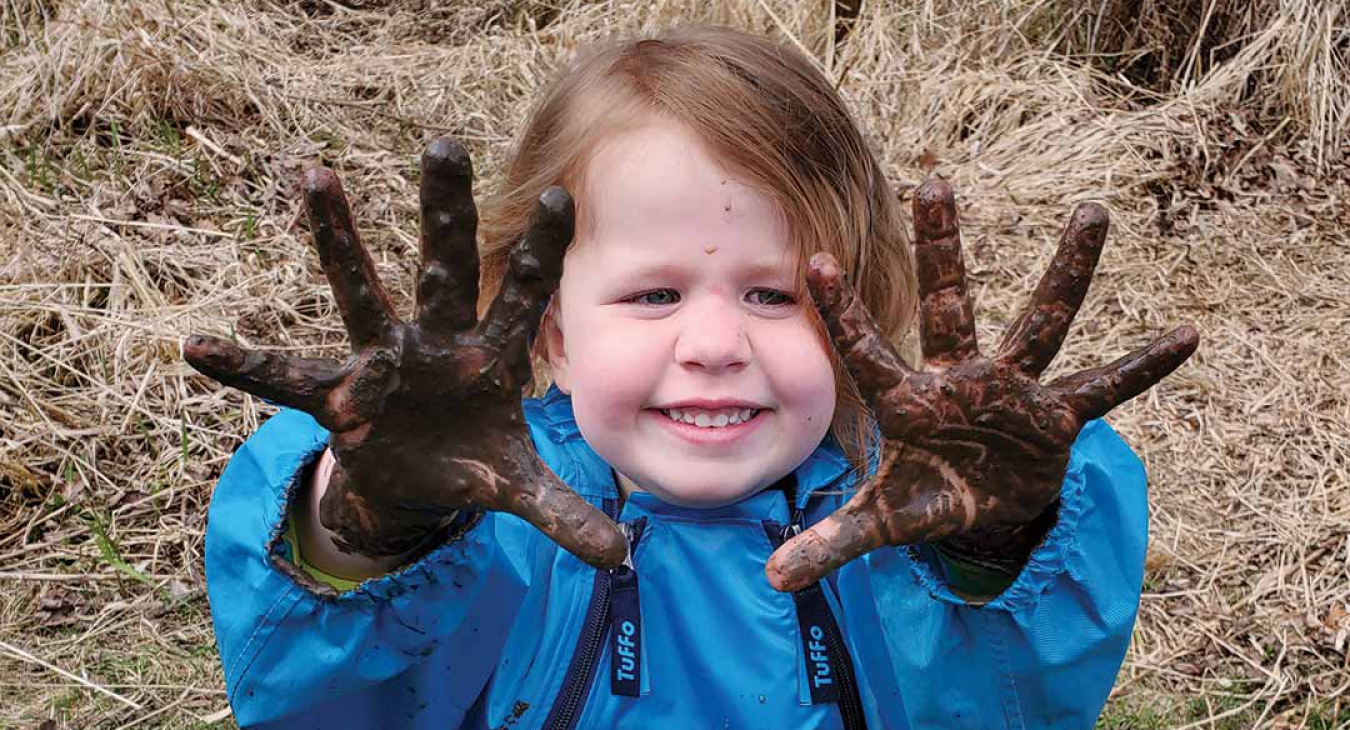
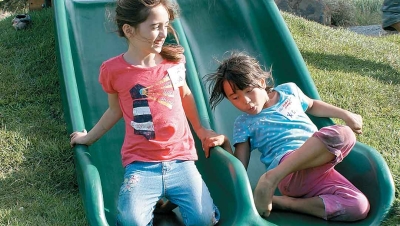


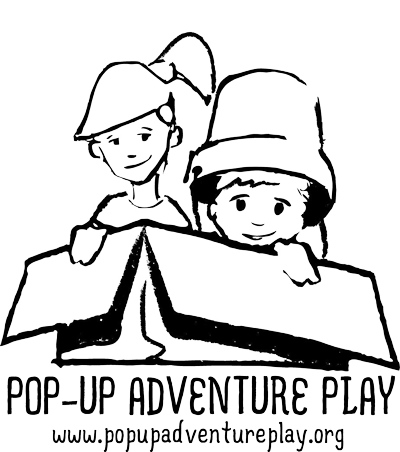

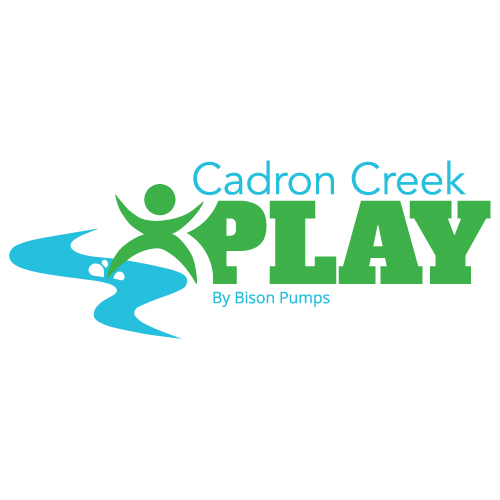
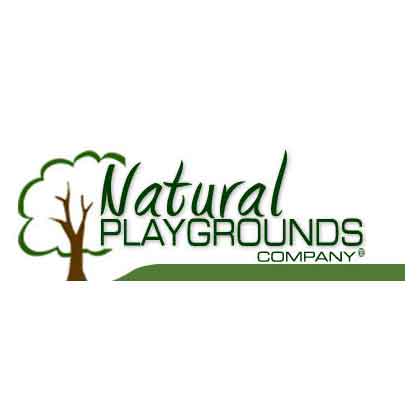
Add new comment